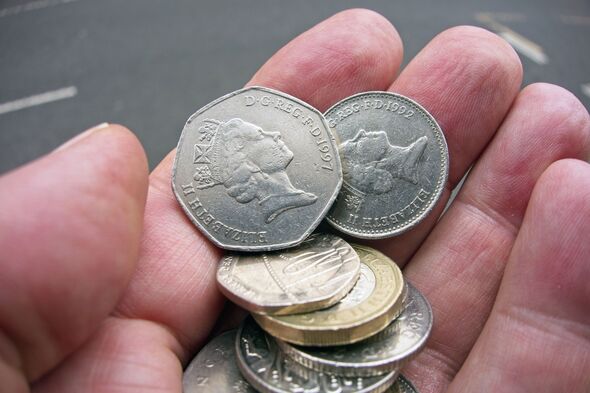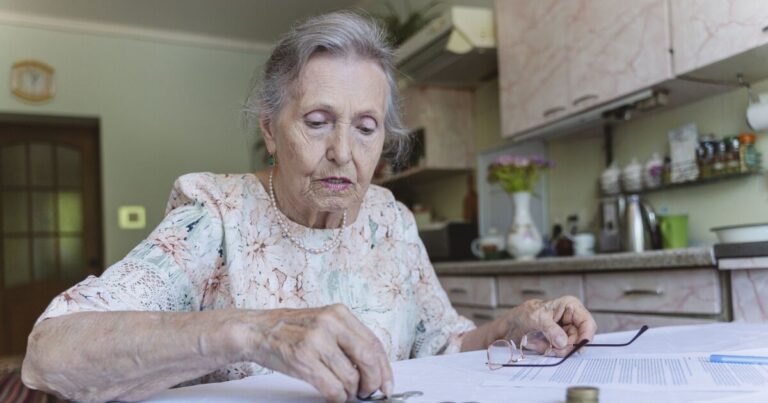
More than 2.3 million people could be missing out on thousands of pounds for their pension pots, new research shows.
Around 4.9 million adults in the UK paying higher or additional tax rates are estimated to be paying into a personal pension. However, a nationally representative survey showed 46% don’t currently claim pension tax relief on their contributions despite being eligible.
According to research by the investment platform InvestEngine, this could equate to around 2.3 million people who are losing out on free money for their retirement savings.
Andrew Prosser, head of investments at InvestEngine, said: “We know that, as a whole, people in the UK aren’t saving enough for the retirement they want, but those who are able to put away good sums may still be losing out by not claiming all eligible tax relief while being hit with high fees.
“Over time, this could reduce pension pots by hundreds of thousands of pounds.”
Pension tax relief rates
Basic rate taxpayers (20%) receive automatic pension tax relief at source, meaning their contributions are effectively topped up by 20%. However, higher rate (40%) and additional rate (45%) taxpayers must actively claim extra relief.
While 20% tax relief is automatically applied to pension contributions, higher rate taxpayers can claim an additional 20% (making their total relief 40%), and additional rate taxpayers can claim an extra 25% (bringing their total relief to 45%).
The additional tax relief isn’t added to their pension automatically – instead, they need to file a Self Assessment tax return with HMRC to reclaim it.
According to the tax authority, £1.3 billion of tax relief went unclaimed between 2016 and 2021.
Putting the savings into context, calculations from InvestEngine suggested that if a higher-rate taxpayer contributed £400 to their pension per month for 40 years, it would be worth £192,000. The Government would automatically contribute an additional 20% (worth £1,200 per year, or £48,000 over 40 years).
But if they were to claim additional tax relief on any money taxed at the higher rate through a Self Assessment tax return, this could equate to an additional £1,200 per year. If they were to pay this into their pension it would mean that, over 40 years, the Government would top up their pension by an extra £108,000.
For those able to invest the maximum tax-free amount per year (100% of someone’s salary or £60,000, whichever is lower), including claiming the maximum amount of tax relief, with a pension fund growth of 7% per year, they would end up with £1.6million after 40 years.
However, those who fail to take advantage of the higher relief rate would find their pension worth more than £350,000 less.
Mr Prosser continued: “Those paying the higher rate of tax and contributing to a personal pension should ensure they are claiming back all eligible tax from HMRC while checking their pension provider’s fees to see whether they could be getting a better deal elsewhere.”

















